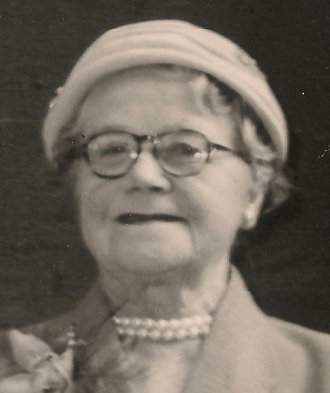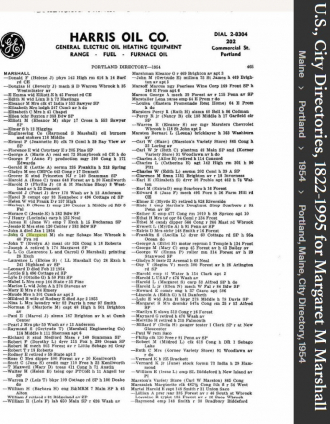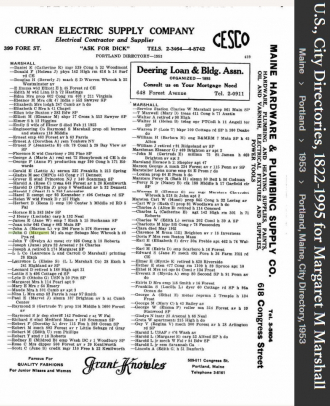Marshall Family History & Genealogy
Marshall Last Name History & Origin
AddHistory
We don't have any information on the history of the Marshall name. Have information to share?
Name Origin
We don't have any information on the origins of the Marshall name. Have information to share?
Spellings & Pronunciations
We don't have any alternate spellings or pronunciation information on the Marshall name. Have information to share?
Nationality & Ethnicity
We don't have any information on the nationality / ethnicity of the Marshall name. Have information to share?
Famous People named Marshall
Are there famous people from the Marshall family? Share their story.
Early Marshalls
These are the earliest records we have of the Marshall family.
Marshall Family Members
Marshall Family Photos
Discover Marshall family photos shared by the community. These photos contain people and places related to the Marshall last name.


Melba MARSHALL was b. 6 Apr 1894 in Ohio and married Thomas Andrew SCHIRTZINGER (1892-1985). The couple had a daughter, Betty Dorothea SCHIRTZINGER BISHOP (1913-1983) and a son Thomas A. SCHIRTZINGER Jr. (b. 1914). Melba died 6 Oct 1953 and is buried in the Union Cemetery in Columbus, OH.
I am hoping to get the photograph to a member of her family and would appreciate you contacting me if you are a member of this family or know someone who might be.
Thanks,
Shelley

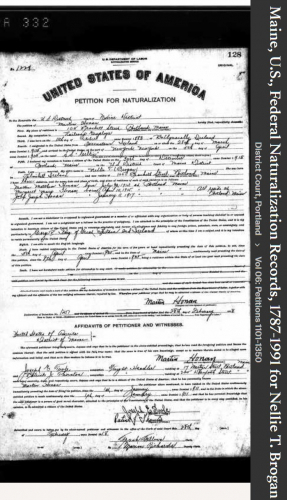
Name Martin Honan
Record Type Naturalization Declaration
Departure Place Queenstown, Ireland.
Arrival Place New York, New York
Naturalization Place Portland, Cumberland, Maine, USA
Ship Celtic
Spouse Nellie T. Brogan
Volume Number 6


Gender Male
Birth Date 19 Mar 1955
Death Date 7 Oct 2022
Cemetery Pine Grove Cemetery
Burial or Cremation Place Falmouth, Cumberland County, Maine, United States of America
Has Bio? Y
Father John Gregory Marshall
Mother Margaret Mary Marshall


Record details
Name Margaret Mary Marshall
Maiden Name Honan
Birth Date 10 Apr 1914
Death Date 16 Jul 1995
Cemetery Holy Cross Cemetery
Burial or Cremation Place Yarmouth, Cumberland County, Maine, United States of America
Has Bio? N
Father Martin M. Honan
Mother Ellen Theresa Honan
Spouse John Gregory Marshall
Children Daniel J. Marshall


Marshall Family Tree
Discover the most common names, oldest records and life expectancy of people with the last name Marshall.
Updated Marshall Biographies




Popular Marshall Biographies







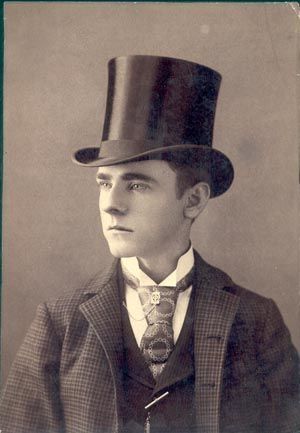










Marshall Death Records & Life Expectancy
The average age of a Marshall family member is 72.0 years old according to our database of 65,898 people with the last name Marshall that have a birth and death date listed.
Life Expectancy
Oldest Marshalls
These are the longest-lived members of the Marshall family on AncientFaces.
Other Marshall Records
Share memories about your Marshall family
Leave comments and ask questions related to the Marshall family.
Followers & Sources





